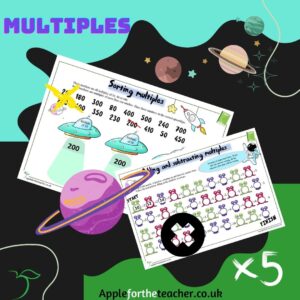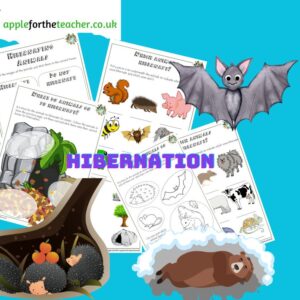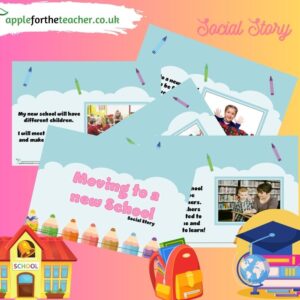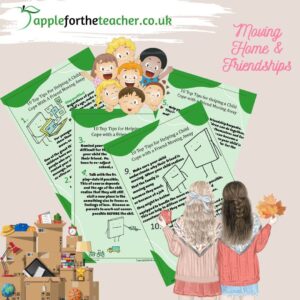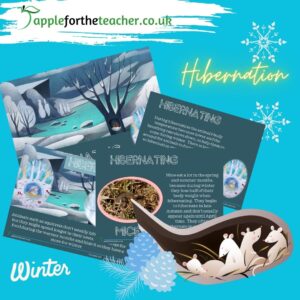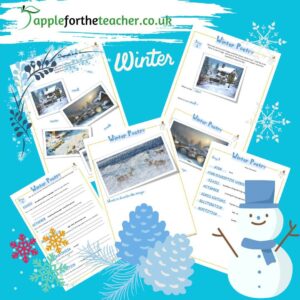Multi-Sensory Teaching and Learning
“Should one size fit all” Yes or No?
In today’s teaching methods, we are often encouraged to educate children in a ‘one size fits all’ approach, which offers very little flexibility for the diverse needs of the children who are actually being educated.
Education doesn’t have to look the same for every learner, as learning styles really do still play a big part in how every one of us actually learns and retains information.
I didn’t appreciate just how much this really is the case, until spending time teaching in schools where behavior was an issue. Or where children with severe and complex learning difficulties were not really engaging with the lessons. Or where some children were becoming frustrated and ‘switched off’ learning, resulting in child stress and anxiety.
Realising they responded better to a more sensory approach to learning, I tried to incorporate this into some of the lessons I taught. To ensure all learners really could be given the tools to teach the way they learned.
So how can we do this in the classroom or when home educating?
One way to stimulate learning and really engage children on multiple levels, is to use a multi-sensory approach to teaching and learning. This style of teaching encourages children to use some, or all, of their senses, to ensure a deeper learning experience.
Many teaching strategies currently used in classrooms make good use of auditory (hearing) and visual (sight) senses, but for children who have hearing impairments or visual difficulties, this teaching style can be very difficult to fully access. Visual and auditory processing can also be significantly delayed for some learners, so by providing opportunities for other senses such as touch, movement, taste and smell to be used, this can really impact on the way the child’s brain processes this further exploration and information. Thereby giving the child a much deeper experience than would otherwise be achieved.
Children who relate more with a kinaesthetic teaching style can also thrive with a multi-sensory approach to learning.
Not all children learn and experience the world in the same way, so often different strategies are needed to really enhance and fulfil every child’s potential.
Here are a few ways to use a multi-sensory approach in different areas of learning.
Literacy
- Provide children with the tools to make meaningful connections to letter shapes and letter sounds, by offering tactile resources as well as visual such as sand paper letter shapes or trays of sand/flour or even foam , to encourage hands-on learning, making the shapes with fingers, stimulating learning further by using the sense of touch to make a deeper connection with the letter and its sound.
- Use a strategy to support reading and writing, which we call ‘Say it/Read it, Make it, Write it’.
Children can say/read the word – Make the word using magnetic, plastic or sand paper letters – Then write the word.
- Something I regularly did with learners who had processing delay, or with learners who struggled with segmenting and blending words, was to ‘tap the sound’. A word from a word bank was selected, the child would look at the word. Then using a small drum, I would tap the sound (3 beats) ‘b – a – t’ on the drum. The child would copy this beat. We would then say or sign the sounds that made the beat. Then look at the card again and say it as we beat the drum.
- Colours can play a large part in supporting children with their understanding of expectations when doing a reading comprehension or when building sentences in writing. Have a look at our colour comprehension tags and colour coded sentence building to give you more information.
Maths
- Using counters/objects or even cereal are great for counting/ordering and sorting in maths activities.
- Number tapping. This is great for doing multiples, tapping a finger on a table independently to support counting multiples. For example when counting in 3’s, tap a finger on the table for each number counted 1, 2, 3 (on every 3rd number, tap 2 fingers or make a louder sound) 4, 5, 6, 7, 8, 9
- Lollipop sticks or coffee stirrers are great for grasping place value for children who need a tactile resource. By allowing children to put the lollipop sticks into bundles of 10 with an elastic band, children can then grasp a better understanding of what ‘ten’ actually is. Encourage them to count in tens using the bundles. Have some loose lollipop sticks to do maths such as 10 + 3 or 20 + 6. They can also be used well for subtraction activities, to give children a solid grounding of what the numerals actually mean in two-digit numbers and higher.
Science
Using knowledge learned from developing and testing activities using a multi-sensory approach in all areas of science, we developed a whole range of scientific activities which can be used with a range of learners. However, some children can struggle with too much stimulation of some of their senses. Therefore these may need adapting to suit particular learners. For example some children can’t tolerate some textures such as slime or foam or even play dough. So gloves can be worn to reduce the risk of over stimulation, or the substance/dough can be put in a zip lock bag, so that children can still access and touch it, but not with direct contact to the skin.
Check out our range of sensory baking activities and other sensory science creations, each activity encourages the use of a whole range of senses from touch, sound, taste, visual and auditory.
We hope you enjoy our tried and tested ideas.
Check back weekly to see our new teaching tips for Primary, Special Education and EYFS.



